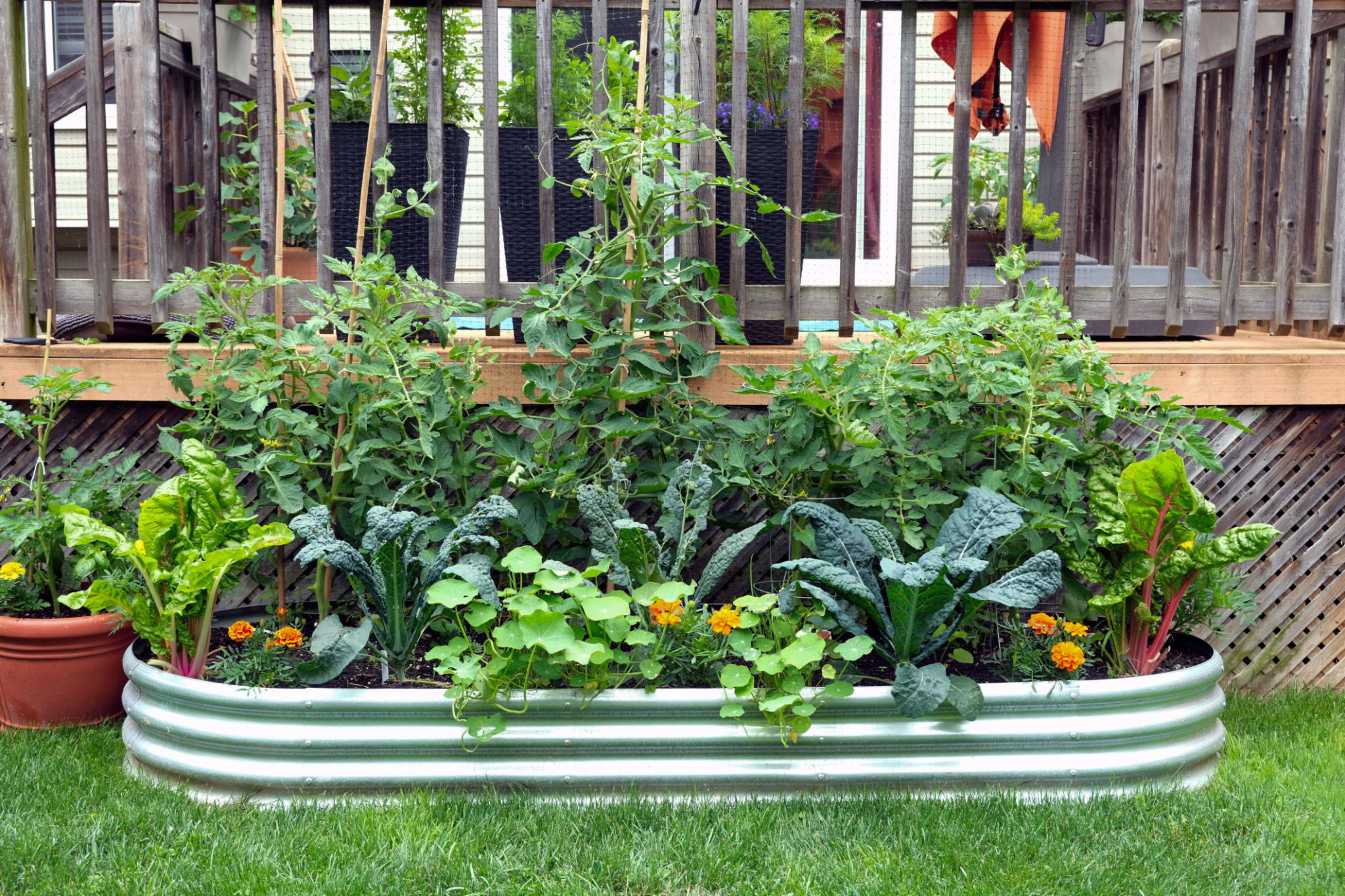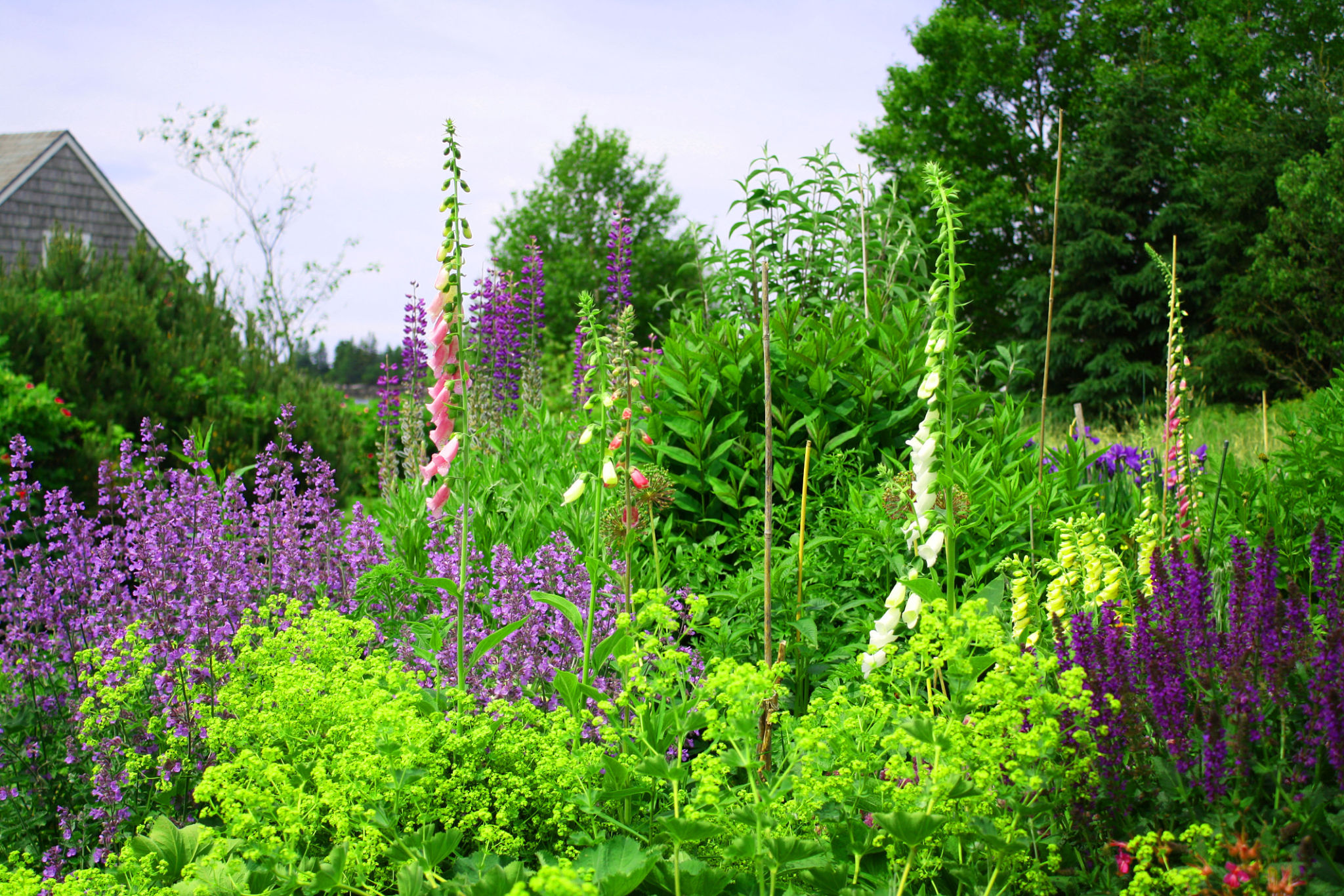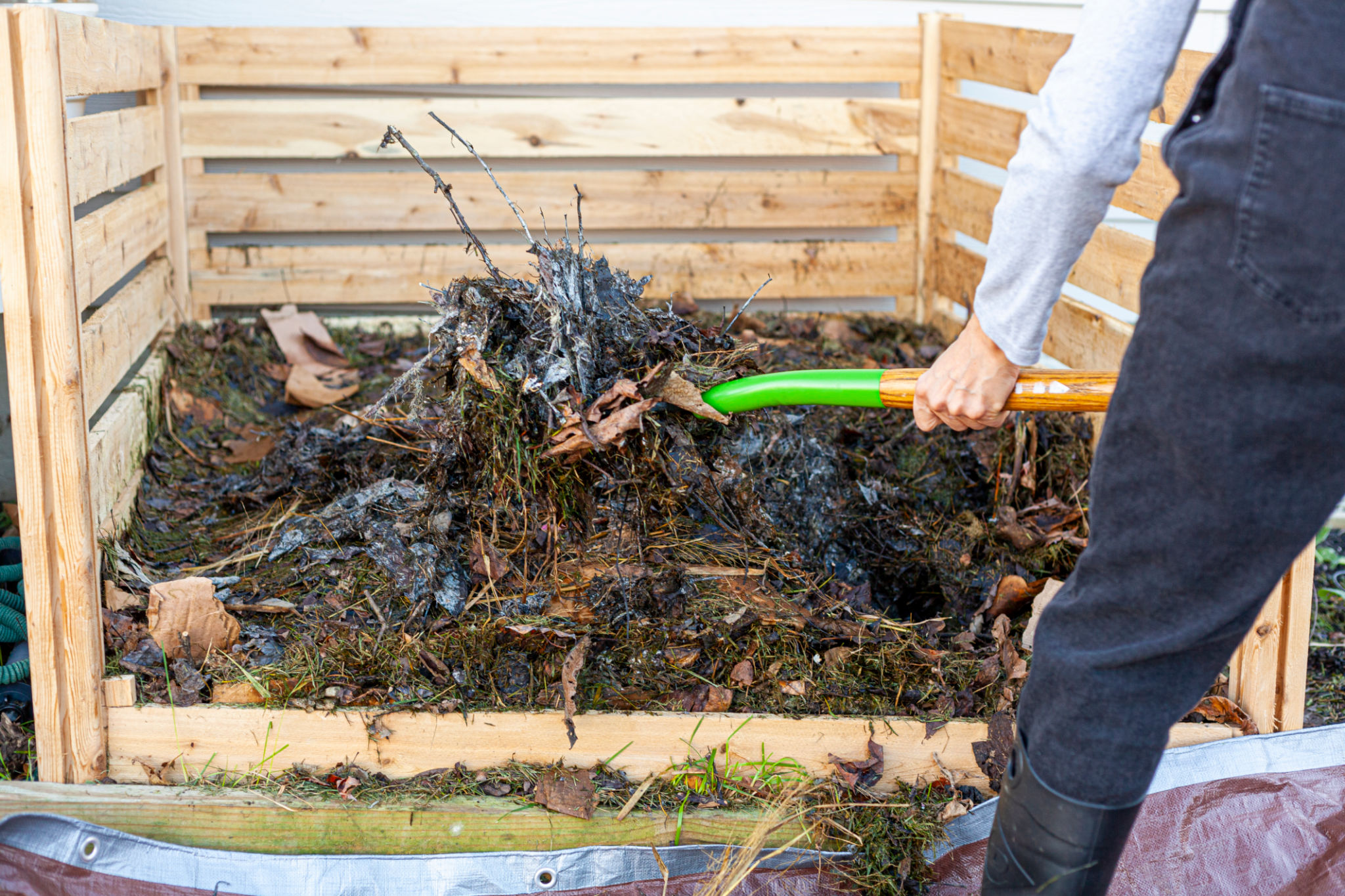The Ultimate Guide to Sustainable Landscaping for Your Eco-Friendly Home
Introduction to Sustainable Landscaping
Creating a beautiful outdoor space doesn't have to come at the cost of the environment. Sustainable landscaping offers a way to design and maintain your garden that benefits both you and the planet. By implementing eco-friendly practices, you can reduce waste, conserve water, and create a habitat that supports local wildlife.

Understanding the Basics
Before diving into sustainable landscaping, it's important to understand what it entails. Essentially, it involves using environmentally conscious methods and materials to create outdoor spaces. This means choosing native plants, minimizing chemical use, and making efficient use of resources such as water and energy.
Choosing Native Plants
One of the key components of sustainable landscaping is selecting plants that are native to your region. Native plants are adapted to local climate conditions and require less water and maintenance. They also provide habitat and food for local wildlife, supporting biodiversity.
- Research: Identify plants that naturally occur in your area.
- Benefits: Reduced need for fertilizers and pesticides.
- Support: Encourage pollinators like bees and butterflies.

Efficient Water Use
Water is a precious resource, and conserving it is a critical part of sustainable landscaping. Implementing efficient irrigation practices can significantly reduce water waste. Consider installing a drip irrigation system or using rain barrels to collect rainwater for your garden.
Drip Irrigation
Drip irrigation delivers water directly to the roots of plants, minimizing evaporation and runoff. This method can be customized to meet the specific needs of different areas of your garden, ensuring that each plant receives just the right amount of moisture.
Soil Health and Composting
Healthy soil is the foundation of a sustainable landscape. By enhancing soil health with organic matter, you can improve plant growth and resilience. Composting is an excellent way to enrich your soil naturally, recycling kitchen scraps and yard waste into nutrient-rich compost.

Minimizing Chemical Use
Chemicals found in fertilizers and pesticides can harm the environment and local wildlife. Opting for organic alternatives helps maintain ecological balance. Integrated Pest Management (IPM) is an approach that combines natural pest control methods with minimal chemical use.
Designing for Energy Efficiency
Sustainable landscaping also includes designing for energy efficiency. Strategic placement of trees and shrubs can provide shade in the summer and windbreaks in the winter, reducing heating and cooling costs for your home.
Creating Habitats
Your garden can become a sanctuary for local wildlife by incorporating elements such as birdbaths, nesting boxes, and diverse plantings. These features attract birds, insects, and other creatures, contributing to a balanced ecosystem.

Conclusion: A Greener Future
Sustainable landscaping is not just a trend; it's a responsible choice for creating beautiful, eco-friendly outdoor spaces. By adopting these practices, you can enjoy a thriving garden that conserves resources, supports biodiversity, and enhances your home's environmental footprint.
